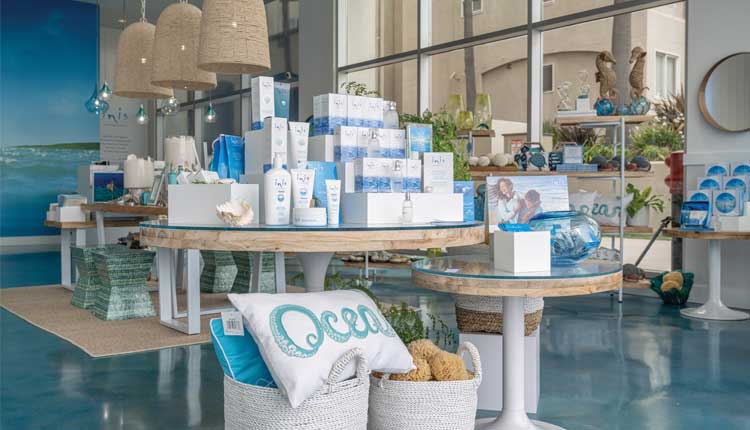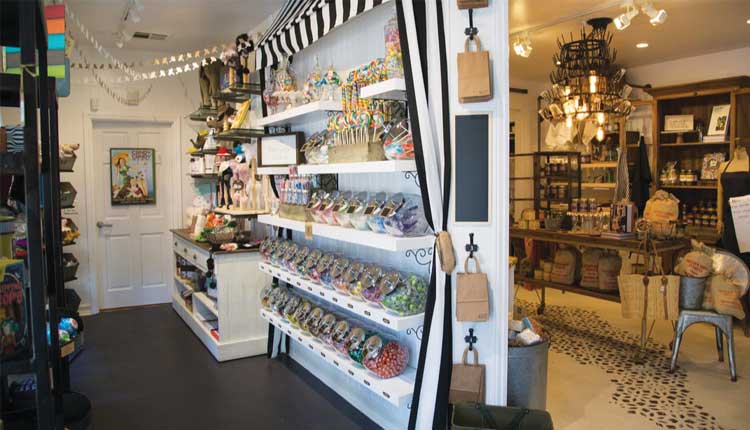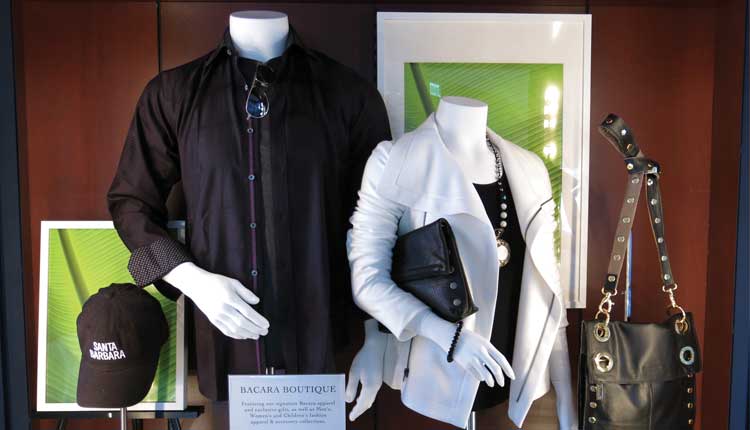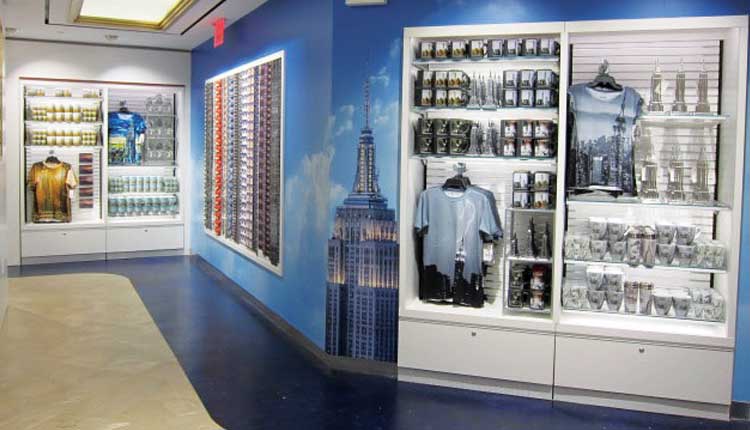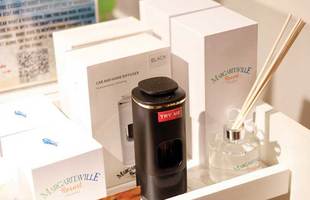
I can’t tell you how many times I have heard “we sell a lot of this” only to find that when accurate sales reports are pulled, “this” only contributes to selling one or two per day or as little as 1% of the store’s overall sales per year. While my goal as a retail design strategist is to help you sell more, analysis helps with making strategic decisions on category (and product) placement.
What is space planning?
Space planning is a strategic technique used to properly allocate space on your sales floor by accurate sales statistics. It helps you make sure you have the adequate space needed for top-performing categories and also helps you understand if you are over-spaced on lower producing categories.
Space planning can be big-picture, or it can be extremely granular. It all depends on how deep you want to go and how detailed you want to get. I have worked with clients where every inch of selling space had to validate its space by sales.
My suggestion for most of my clients is to look at it by category first and then dig in deeper if more detailed analysis is required within each category.
1. Accurate reporting. The first step is being sure you have accurate information from your sales reports. If you don’t currently have your POS (point-of-sale) system set up by category (or subcategory) to pull accurate sales reports, you may want to set that up now and wait until you have a fair amount of accurate category sales statistics before attempting a space planning analysis.
Once you have accurate category and/or subcategory sales, you can begin to understand what categories bring in what volume or percentage of your store’s overall sales. For example, you may find that gifts are 40% of your business, while apparel is 20%, kids and toys are 15%, regional foods are 10% and 5% is other miscellaneous categories.
2. Accurate space understanding. The next step is measuring your actual retail selling space. This means calculating each shelf, each fixture and/or each area utilized for merchandising retail goods. You can take this extremely granular if desired, but a general idea of square footage for each category is usually sufficient to start.
For a rough idea, you can simply count the number of sections/fixtures in your store that are dedicated to each category. If you have a total of 30 sections/fixtures and six sections are dedicated to gifts, then approximately 20% of your overall store selling space is allocated to gifts. Again, you can get granular with specific measurements if you desire a more precise space planning analysis.
A slightly more specific measuring method is by linear feet. A 3-foot wall section is twice the height of most floor fixtures but really only has an accessible shopping space that is equivalent to what a floor fixture is, so I would say it is 3 linear feet. When it comes to floor fixtures, you’ll want to count each side. For example, a 4-foot-by-2-foot gondola is a total of 12 linear feet (four plus four, plus two plus two, equals 12).
Once you tally the entire store’s linear feet, you can start to deduct how many linear feet each category occupies, then establish each category’s percentage of overall space.
3. Space to sales analysis. The next step is understanding your selling space and how it reflects your sales. You may find that gifts contributes to 40% of your overall store sales, but only occupies 20% of your store’s overall selling space. That will tell you that your gift category is underspaced.
At the same time, you may find that apparel only contributes to 20% of your store’s overall sales, but apparel occupies nearly 40% of your store’s overall selling space. That will tell you that apparel is overspaced.
4. Set your store. By setting your store’s categories into properly allocated square footage, based on sales, you will find that you have the appropriate space to feature the correct product assortment that ultimately drives sales. Here is also where you can get granular and detailed by understanding what particular SKUs within a category are producing the most volume. I always say to pull your top five or 10 SKUs in each category to be sure they are represented well. These are the items driving that category’s sales. Adversely, the slowest selling items may need to be omitted if space requires.
Keep in mind
When setting your store, keep adjacencies in mind. Keeping impulsive or like categories adjacent to one another helps with add-on sales, i.e., displaying wearable accessories next to apparel or placing home or kitchen accessories next to regional foods. When determining what products or categories occupy key focal selling spaces, like at the POS or on the front table. Make sure it’s validating its space by high turnover. A $5 keychain may produce more volume in sales than a $60 necklace, but you may sell 20 to 30 of the keychains for every necklace. Also keep in mind security and theft issues. High-theft items merchandised where they have clear visibility can help with minimizing shrinkage.
Exceptions to the rules
- Opportunities for growth. You may find that regional foods is 20% of your store’s overall sales, but has only been in a small space in the past. You have some great vendors you want to bring in that are on-trend and you expect to grow that category. By increasing the assortment and expanding the space allocated to regional foods, you expect to see an increase in that category’s sales. Monitoring it and making sure that it’s working is key. If it’s not producing enough percentage of sales to validate the expansion, you can always retract the space to where it needs to be by focusing on just your top selling SKUs within that category.
- High sell-through products. You may find that one SKU within a category is attributing to the majority of that category’s sales. You may be able to restock this item more frequently and not need to expand the space necessarily for excessive bulk of this SKU. The opportunity here is that you can introduce new or featured items within this extra space.
- Seasonal products. You may find that particular categories/products need more space seasonally. It’s ideal to borrow space from slower selling categories to expand categories seasonally, as needed.
Retail Rehab has created a form for clients to complete that helps to gather the necessary information needed to properly space plan a retail store. We also can physically measure (or virtually help you measure) your space. Once that’s done, the magic starts to happen, and we start to see where opportunities are and how we can best take advantage of top producing categories (or products). Then, we can design a strategic floor plan and store layout based on analysis.
Michael Hale is founder, CEO and creative director of Los Angeles-based retail design consulting firm Retail Rehab, www.retail-rehab.com. He can be reached at michael@retail-rehab.com. You can also hear him at the Coastal Connections Conference, Jan. 22-24, 2023, in Orlando during the panel session, “Maximum Impact Store Ideas.” Learn more at www.coastalconnectionsconference.com.
